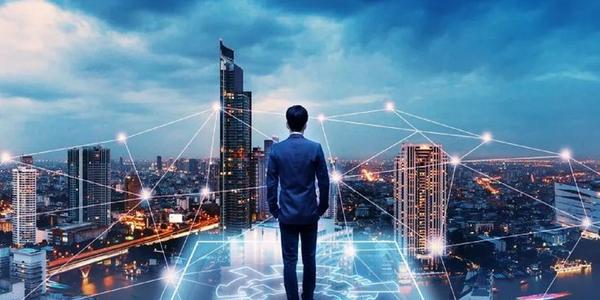
Introduction
The automotive industry is undergoing a profound transformation, driven by the advent of self-driving technology. Among the most anticipated innovations is Tesla’s Cybercab, a groundbreaking electric vehicle designed to autonomously navigate urban environments. This article delves into the technical intricacies and challenges surrounding Tesla’s ‘black box’ AI system, exploring its potential impact on the self-driving landscape.
The Cybercab: A Vision of Autonomous Mobility
Overview
Tesla’s Cybercab represents a leap forward in autonomous driving technology, promising to revolutionize transportation by enabling fully autonomous vehicles. The vehicle is designed to handle complex cityscapes, including intersections, traffic jams, and pedestrian crossings, with an accuracy rivaling that of human drivers.
Technical Specifications
The Cybercab incorporates a suite of advanced sensors, including cameras, LiDAR, and radar systems, which work together to create a detailed 360-degree understanding of its surroundings. This data is processed by a high-performance AI system capable of making split-second decisions in real-time.
The ‘Black Box’ AI System: A Double-Edged Sword
Computer Vision Technology
At the core of Tesla’s Cybercab lies an advanced computer vision system, which enables the vehicle to recognize and interpret its environment. This technology relies on algorithms that mimic human visual processing, allowing the system to identify objects, detect potential hazards, and respond appropriately.
Despite its sophistication, this system has inherent limitations. Errors can occur due to varying lighting conditions, complex backgrounds, or partially obscured objects, posing significant risks in pedestrian safety scenarios.
AI-Driven Decision-Making
The Cybercab’s reliance on a ‘black box’ AI model introduces challenges when it comes to error correction and system improvement. In the event of an autonomous decision leading to an unintended outcome, it can be difficult to trace the cause of the error due to the opacity of the AI’s decision-making process.
Limitations in Safety
One of the most significant limitations is that the Cybercab’s computer vision systems have a recognition rate of less than 100%, which complicates efforts to ensure consistent and reliable performance. This limitation can lead to misinterpretation of dynamic environments, raising concerns about reliability across diverse scenarios.
Legal and Regulatory Challenges
Compliance with Safety Standards
Regulatory bodies worldwide are actively reviewing Tesla’s self-driving technology to determine its safety for public use. Demonstrating that the Cybercab meets stringent safety standards is a significant hurdle in gaining approval from authorities.
Public Perception of Autonomous Vehicles
The potential benefits of fully autonomous vehicles, including reduced traffic congestion and environmental improvements, are widely recognized. However, there remains substantial opposition from those who view such technology as unsafe or intrusive.
Elon Musk’s Vision: A Roadmap to Affordability
Future Projections and Ambitions
Elon Musk has set ambitious goals for Tesla’s self-driving division, with plans to launch affordable robotaxis within a decade. This vision hinges on advancing the Cybercab’s technology to deliver affordability while maintaining reliability.
Market Positioning
The shift towards autonomous vehicles is expected to significantly alter the automotive industry’s dynamics. Tesla’s strategic pivot from electric vehicle production to self-driving technology signals a new direction in how companies approach mobility and urban transportation solutions.
Industry Perspective: The Road Ahead
Expert Opinions on Feasibility
While experts acknowledge the potential of AI-driven systems, they caution against overestimating their capabilities. Sasha Ostojic’s insights highlight Tesla’s reliance on computer vision as a significant weakness that could compromise safety in real-world applications.
Limitations of Computer Vision Systems
Missy Cummings’ analysis points out the limitations inherent in computer vision technology, such as recognition inaccuracies and difficulties in identifying objects under challenging conditions. These shortcomings present a formidable challenge for creating fully reliable autonomous systems.
Conclusion
The Cybercab represents a promising step forward in self-driving technology, offering the potential to transform transportation on a massive scale. However, significant technical, legal, and regulatory hurdles must be overcome before fully autonomous vehicles can be widely deployed. As Tesla continues to refine its AI systems, the industry is poised at a crossroads: embracing innovation or falling short of expectations.
In conclusion, while the Cybercab holds immense potential for revolutionizing transportation, it is clear that advancing towards full autonomy will require overcoming substantial technical and societal challenges.







